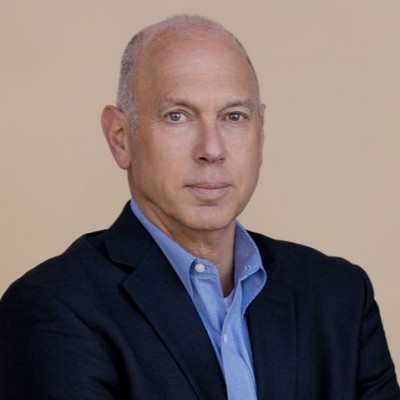- Video Library
- Bob Katz Presents ForwardVue Pharma, Inc. at LSI USA '24
Bob Katz Presents ForwardVue Pharma, Inc. at LSI USA '24

Bob Katz
Entrepreneurial lifescience executive with broad, multi-disciplinary background. Multiple start-up successes resulting in both IPO and M&A exits. Unique Product Development and Operations experiences with first-in-category technologies. Seed, early and growth stage management experience.
Comprehensive product development background including active implantables, drug/device combination products, durable medical equipment and disposables. Leadership of successful Class III PMA and 510(k) devices, IND/NDA drug products, clinical trials & regulatory approvals. Clinical fields include ophthalmology, cardiology, vascular, electrophysiology, otolaryngology, women’s health & emergency medicine. Intellectual property development & licensing experience, named inventor on over 25 issued patents.
Experienced venture capital and corporate fund raiser, strategic alliances and functional leadership in fast-paced, start-up environments.
Bob Katz
Entrepreneurial lifescience executive with broad, multi-disciplinary background. Multiple start-up successes resulting in both IPO and M&A exits. Unique Product Development and Operations experiences with first-in-category technologies. Seed, early and growth stage management experience.
Comprehensive product development background including active implantables, drug/device combination products, durable medical equipment and disposables. Leadership of successful Class III PMA and 510(k) devices, IND/NDA drug products, clinical trials & regulatory approvals. Clinical fields include ophthalmology, cardiology, vascular, electrophysiology, otolaryngology, women’s health & emergency medicine. Intellectual property development & licensing experience, named inventor on over 25 issued patents.
Experienced venture capital and corporate fund raiser, strategic alliances and functional leadership in fast-paced, start-up environments.

17011 Beach Blvd, Suite 500 Huntington Beach, CA 92647
714-847-3540© 2025 Life Science Intelligence, Inc., All Rights Reserved. | Privacy Policy







